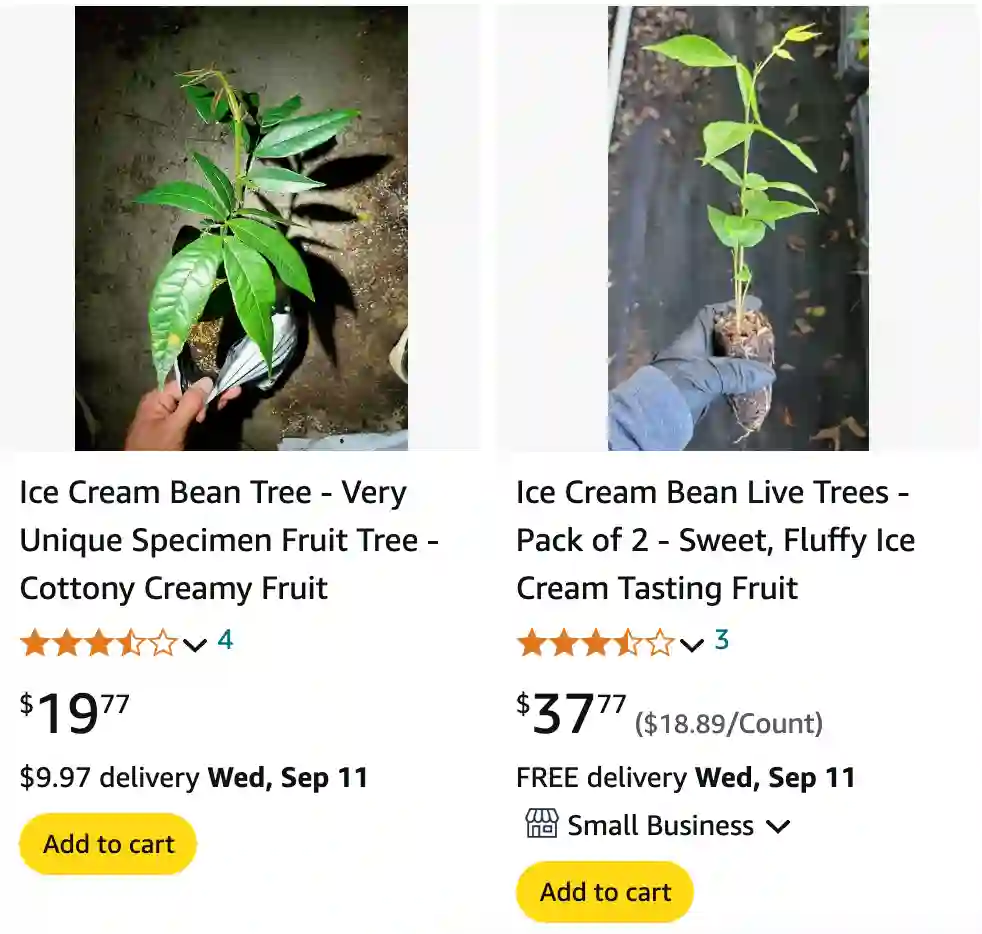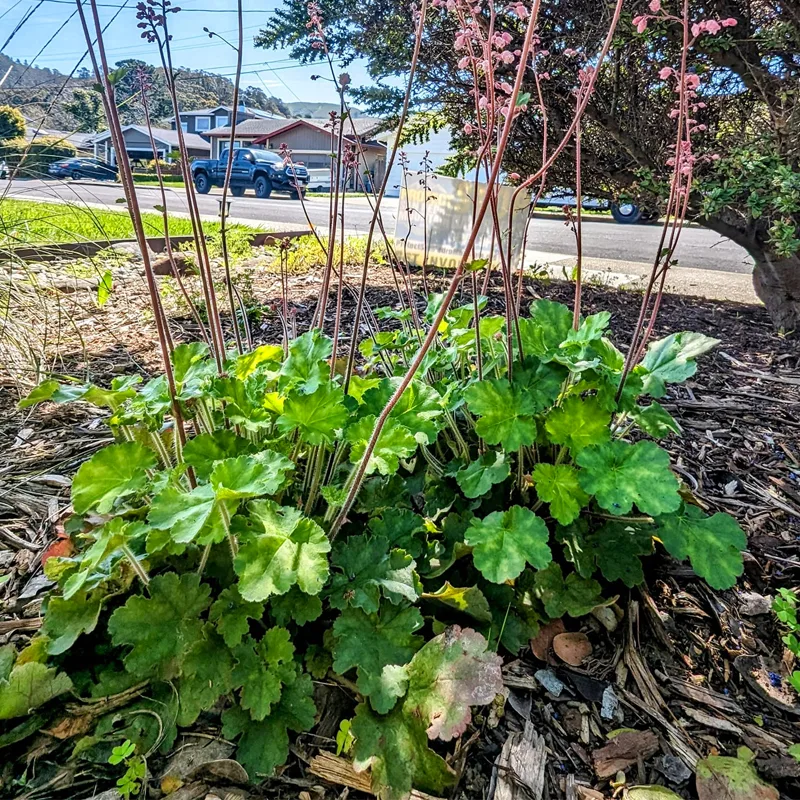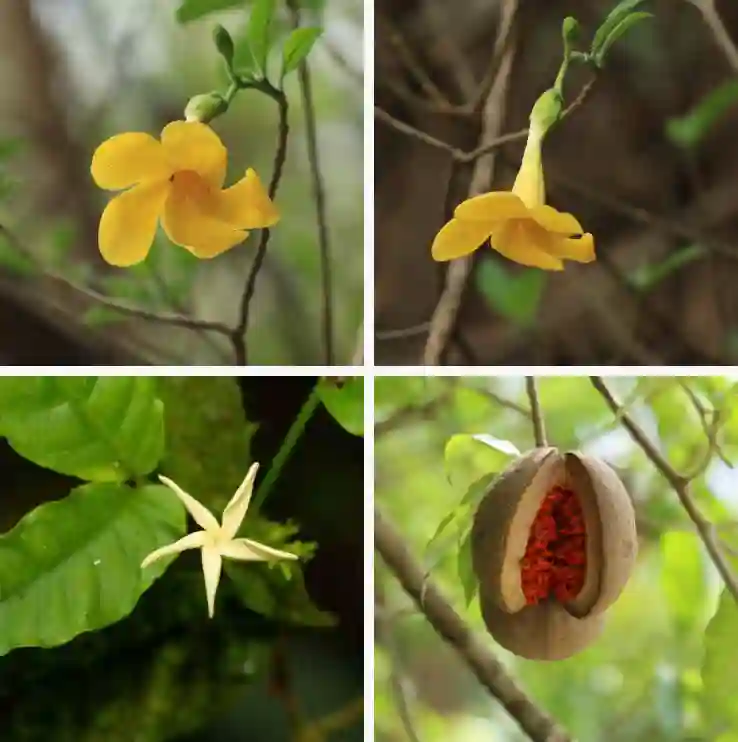
What Is an Ice Cream Bean?
The Ice Cream Bean, known scientifically as Inga Feuillei, is a tropical fruit renowned for its unique and delightful flavor. This leguminous tree produces long, green pods filled with a white, fluffy pulp that tastes surprisingly like vanilla ice cream—hence the name. Native to Central and South America, the Ice Cream Bean is a treat that captures the imagination of those who encounter it.
283 Species in Genus Inga
What Does Ice Cream Bean Taste Like?
When I first tried Ice Cream Bean, I was struck by how much the flavor resembled vanilla ice cream, hence its popular name. The pulp has a sweet, creamy taste with hints of vanilla and sometimes a subtle touch of coconut. Its texture is light and airy, similar to cotton candy, which adds to its dessert-like appeal.
Where to Buy Ice Cream Bean Fruit?
Finding Ice Cream Bean fruit can be a bit of a treasure hunt, depending on where you live. In the United States, specialty fruit markets or stores that focus on exotic fruits are your best bet. If you’re in Southern California, local farmers’ markets sometimes carry them when they’re in season. Online, various fruit retailers and specialty stores offer Ice Cream Bean fruit, either fresh or frozen. Just make sure to check reviews and the seller’s reputation to ensure you’re getting a quality product.
How to Eat Ice Cream Bean?
Eating Ice Cream Bean is quite simple. Start by cutting open the pod lengthwise. Inside, you’ll find the white, fluffy pulp surrounding seeds. Scoop out the pulp with a spoon, and enjoy it as is or incorporate it into desserts, smoothies, or even savory dishes. The seeds inside the pod are not edible, so discard them after consuming the pulp.
How to Grow Ice Cream Bean Tree?
Growing an Ice Cream Bean tree requires a tropical or subtropical climate. If you’re considering growing one, here are some steps to follow:
- Climate Requirements: Ice Cream Bean trees thrive in tropical and subtropical climates. They need temperatures that don’t drop below 50°F (10°C) and prefer warm, humid conditions.
- Soil Preparation: These trees prefer well-drained soil rich in organic matter. Amending your soil with compost can help improve its fertility.
- Planting: Start with seeds, which should be planted about 1-2 inches deep in a pot or directly into the ground. Ensure they are kept moist but not waterlogged.
- Care: Water the tree regularly, especially during dry periods. Mulching around the base can help retain soil moisture. Fertilize with a balanced fertilizer during the growing season to support healthy growth.
- Pruning: Regular pruning can help maintain the tree’s shape and encourage better fruit production.
Can I Plant Ice Cream Bean Tree in Zone 9a?
Ice Cream Bean trees are generally suited to tropical and subtropical climates, which typically do not include Zone 9a. Zone 9a, with minimum temperatures around 20-25°F (-6 to -4°C), is on the colder side for Ice Cream Beans. If you live in Zone 9a and are keen on growing an Ice Cream Bean, consider using a greenhouse or a controlled environment to protect the tree from cold temperatures.
Can Ice Cream Bean Tree Grow in Southern California?
Southern California’s climate, particularly in coastal and inland areas, is quite favorable for Ice Cream Beans. The warmer coastal regions and the southern parts of the inland valleys can provide the right conditions for these trees. However, if you’re in a cooler inland area, you might need to protect your tree from occasional cold snaps. Planting in a microclimate or using a greenhouse can help ensure the tree’s survival and productivity.
How to Care for Ice Cream Bean Tree?
Caring for an Ice Cream Bean tree involves regular watering, especially during dry spells, and providing ample sunlight. The tree benefits from occasional pruning to maintain its shape and encourage fruiting. Be mindful of pests and diseases that might affect tropical plants, and apply appropriate treatments if necessary.
How to Propagate Ice Cream Bean?
Propagating Ice Cream Bean trees is most commonly done from seeds. To increase your chances of successful germination, soak the seeds in water for 24 hours before planting. After planting, keep the soil consistently moist and warm. With patience, the seeds will germinate and grow into healthy saplings.
Is Ice Cream Bean Toxic?
No, Ice Cream Bean is not considered toxic. It is safe to eat, and many people enjoy its sweet, creamy flavor without any adverse effects. However, as with any new food, it’s a good idea to try a small amount first to ensure you don’t have any allergic reactions.
Benefits of Ice Cream Bean
Ice Cream Beans are not only delicious but also offer nutritional benefits. They are high in fiber and contain essential vitamins and minerals. The fruit’s natural sweetness can be a healthier alternative to processed sugary desserts.
Common Problems with Ice Cream Bean Trees
Common issues with Ice Cream Bean trees include pests such as aphids and scale insects, as well as diseases like root rot if the soil is not well-drained. Regular monitoring and proper care can help mitigate these problems.
What to Plant with Ice Cream Bean Tree?
Companion planting with Ice Cream Bean trees can enhance growth and protect against pests. Consider planting nitrogen-fixing plants like legumes nearby to improve soil fertility. Additionally, marigolds can help deter certain pests that may be attracted to the tree.
In conclusion, the Ice Cream Bean is a fascinating fruit with a delightful taste that closely resembles vanilla ice cream. While growing it requires a suitable climate and proper care, the rewards—both in terms of fruit and the experience—are well worth the effort.
If i die, water my plants!



